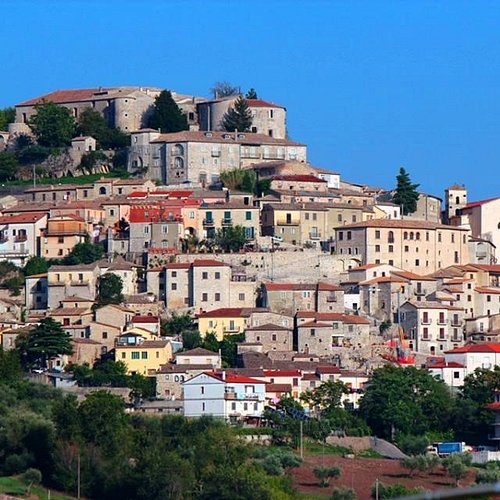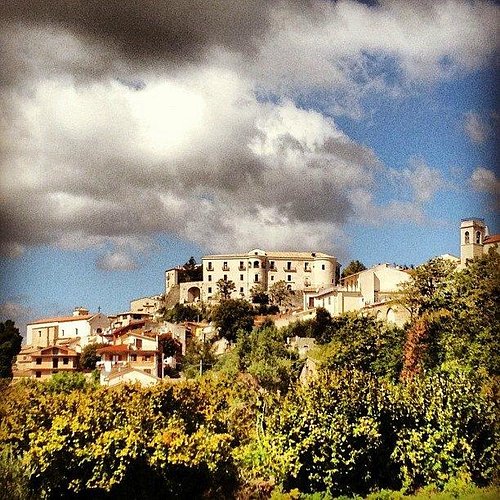What to do and see in Gesualdo, Campania: The Best Sights & Landmarks
Discover the best top things to do in Gesualdo, Italy including Centro Storico Di Gesualdo, Castello di Gesualdo, Chiesa Santa Maria delle Grazie, Chiesa S.S. Rosario, Chiesa di San Rocco, Chiesa dei Santi Nicola di Bari e Antonino Martire.
1. Centro Storico Di Gesualdo
2. Castello di Gesualdo
Overall Ratings
4.0 based on 62 reviews
The Gesualdo Castle is located in the center of the old part of the village at the top of the fortress built in the process of fortification of the territory operated by the Lombards. Two theses on the origins of the Castle. A first theory traces the origins to the mid-seventh century (Lombard period), when Romualdo, Duke of Benevento, he commissioned a Sessualdo (or Gesualdo), his tutor, to build in a place "naturally strong" Irpinia, a mighty fortification, in defense of his state, threatened by the Byzantine Emperor Constans II. The fortress was granted to its founder and inhabited there arose around took its name. Another theory, supposed that the construction took place in the ninth century, the work of Radelchi, Prince of Benevento, in defense of the southern borders of his land. The first documented date back, however, to the twelfth century at the time of the Norman domination; the first was Sir William of Altavilla. His descendants ruled the feud for five centuries. The most illustrious representative of Norman ancestry lineage was Carlo Gesualdo, who lived in the castle at the turn between the 500 and the 600. The complex is surrounded by four circular towers with walls hangings ravelins and central courtyard, where there is a real by finely worked well. At the end of 500, with the advent of Carlo Gesualdo, the manor appearance changes and turns into a mansion of the Renaissance style. Prince did make the courtyard and loggia of the south tower, new apartments and fully equipped kitchens to accommodate a Court, the rooms and the galleries were decorated with Mannerist paintings, Flemish, was built the auditorium, then gardens and fountains. Centuries less prosperous and less virtuous owners who rimaneggiarono the manor of many of the testimonies of the presence of the Prince. In 1855, after decades of neglect followed a disastrous earthquakes and looting, the castle became the property of Caccese family who ordered a profound structural transformation. Was realized Avenue switched from Piazza Neviera, the total renovation of the facade and the creation of new interiors. October 13, 1913, for the architectural, historical, artistic and environmental is bound by the Superintendency of Artistic and Environmental Salerno and Avellino. The castle was badly damaged by the Irpinia earthquake of November 23, 1980. Became publicly owned in the early 2000s has been affected by long recovery work still not entirely completed. Currently the complex is only partially restored; They are usable the Southeast area environments, the courtyard and the roof garden.
3. Chiesa Santa Maria delle Grazie
6. Chiesa dei Santi Nicola di Bari e Antonino Martire
Overall Ratings
4.0 based on 2 reviews





